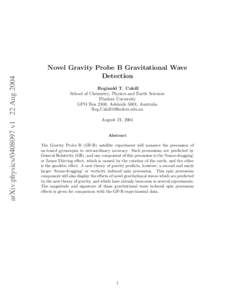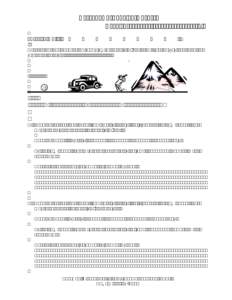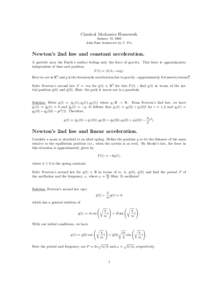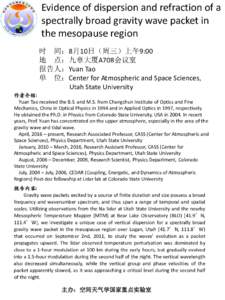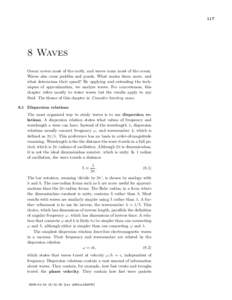<--- Back to Details
| First Page | Document Content | |
|---|---|---|
 Date: 2003-01-24 12:57:37Gravitation Introductory physics Classical mechanics Gravimetry Physical geodesy Latitude Equatorial bulge Gravity of Earth Gravitational potential Physics Measurement Geodesy |
Add to Reading List |
 Notes on Gravity James R. Clynch Naval Postgraduate School, 2002
Notes on Gravity James R. Clynch Naval Postgraduate School, 2002